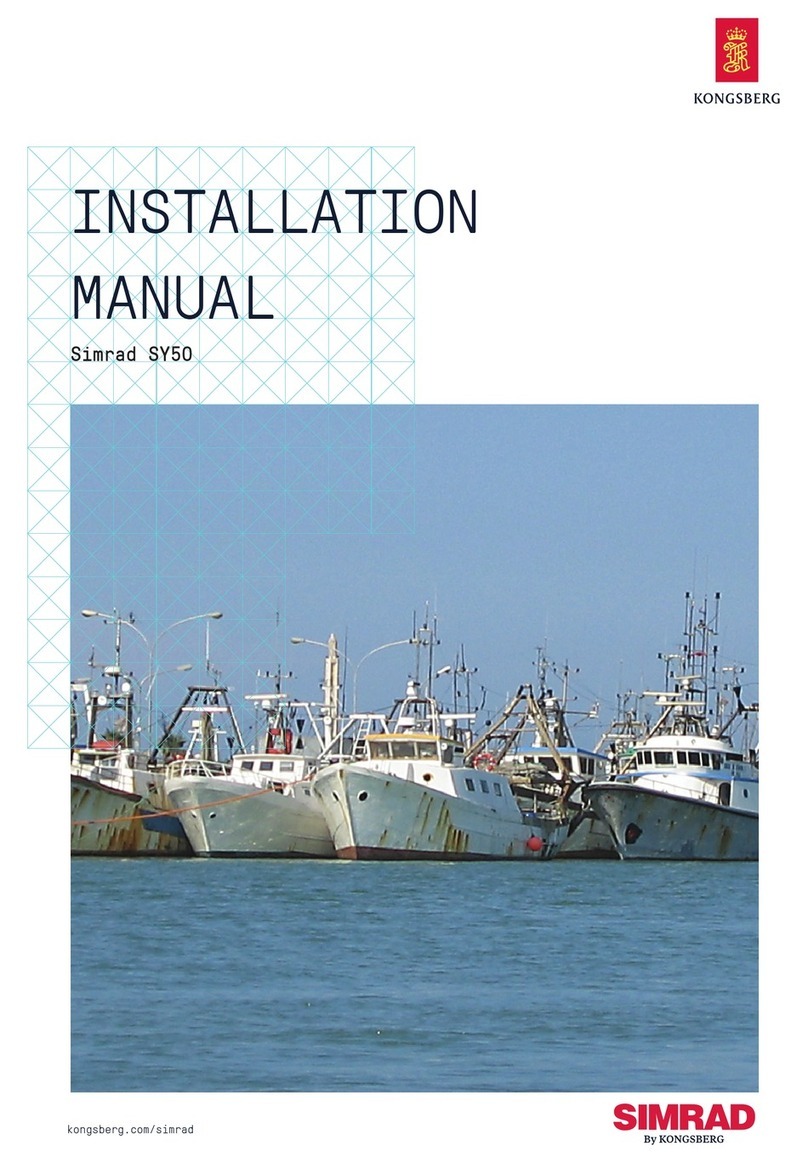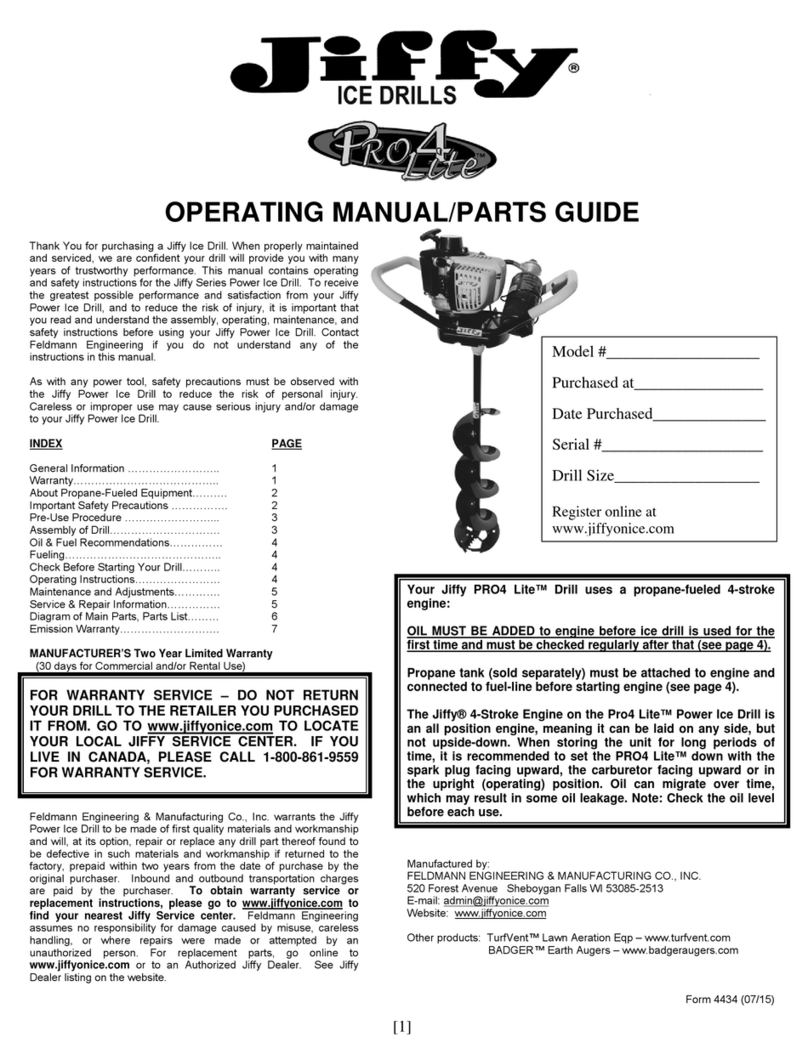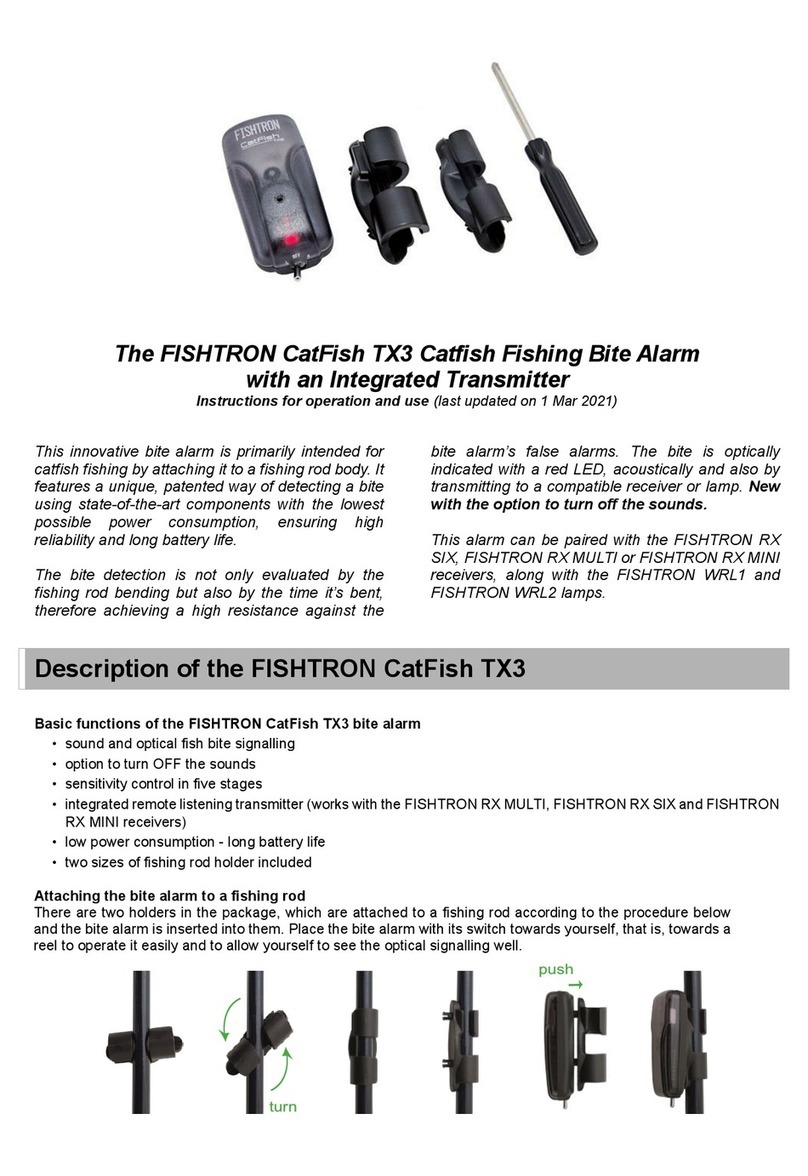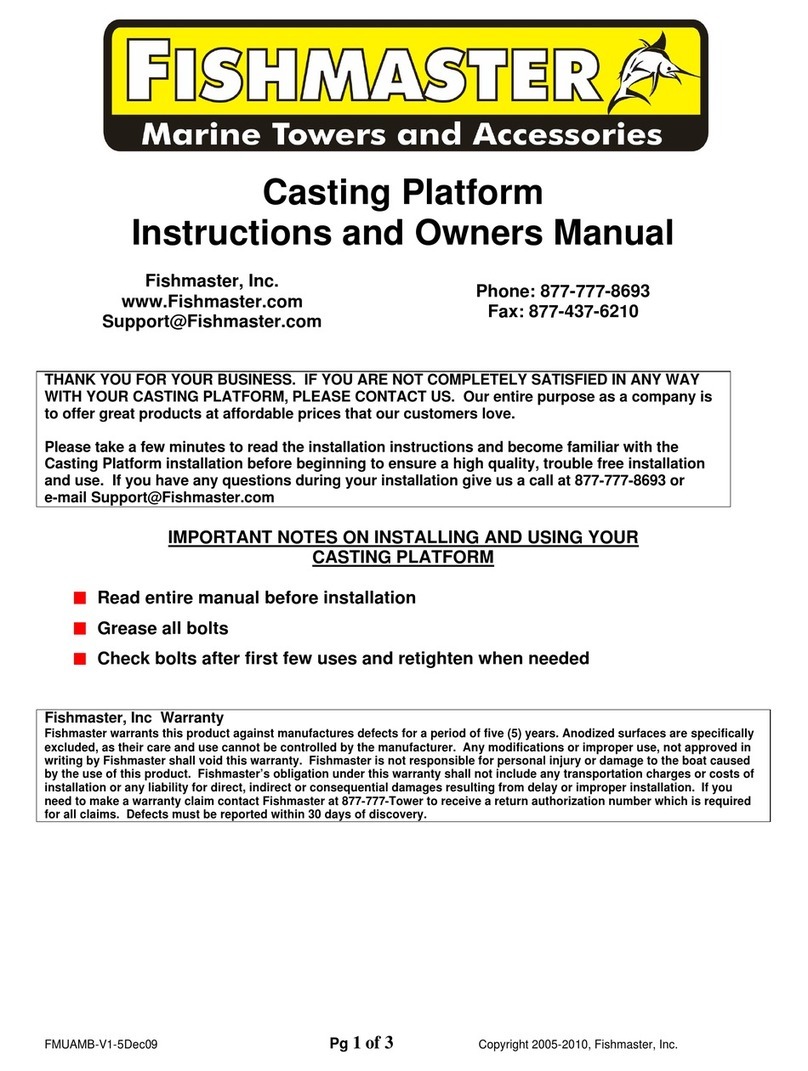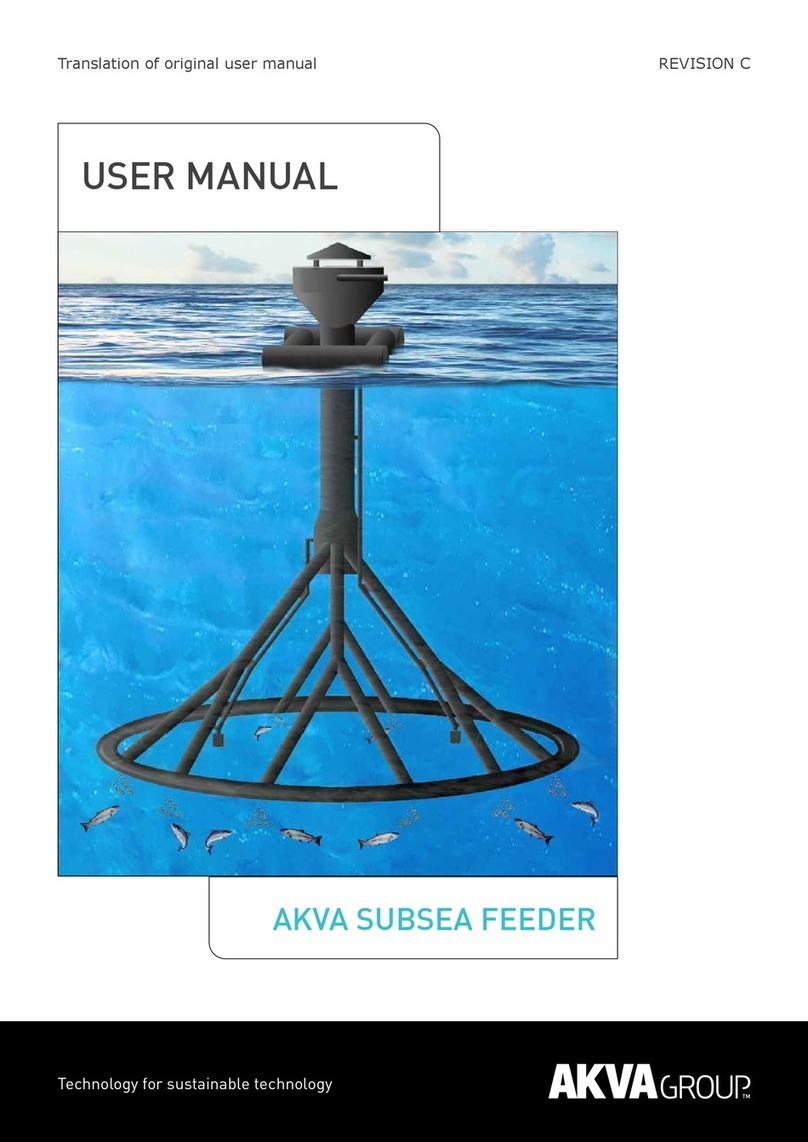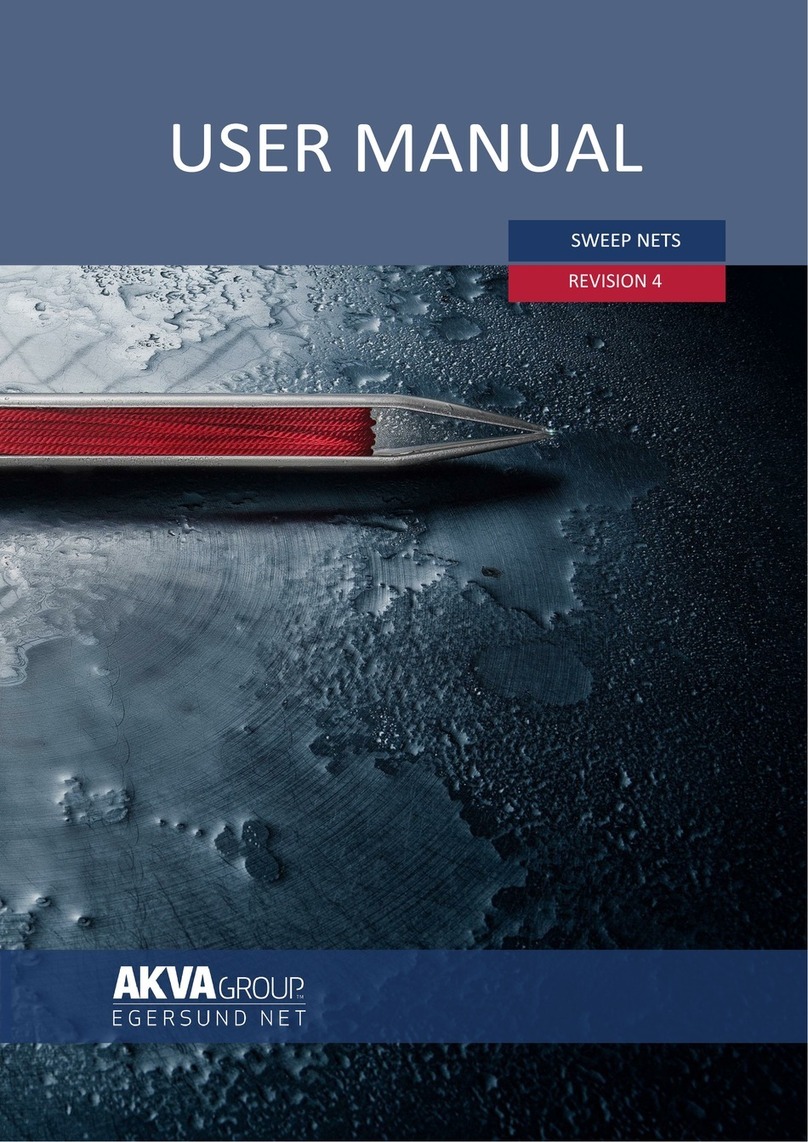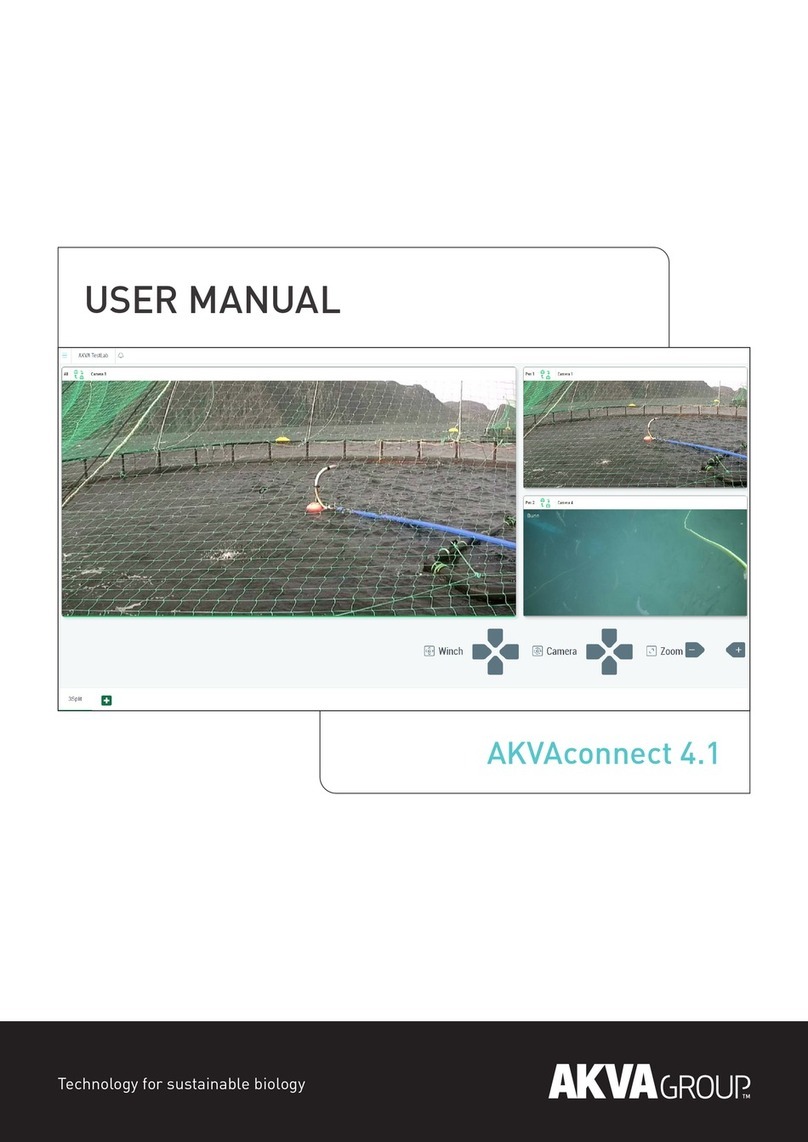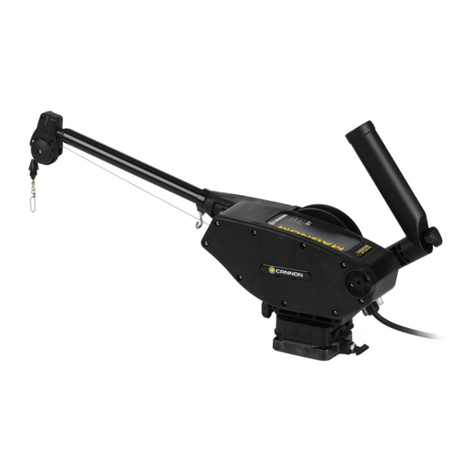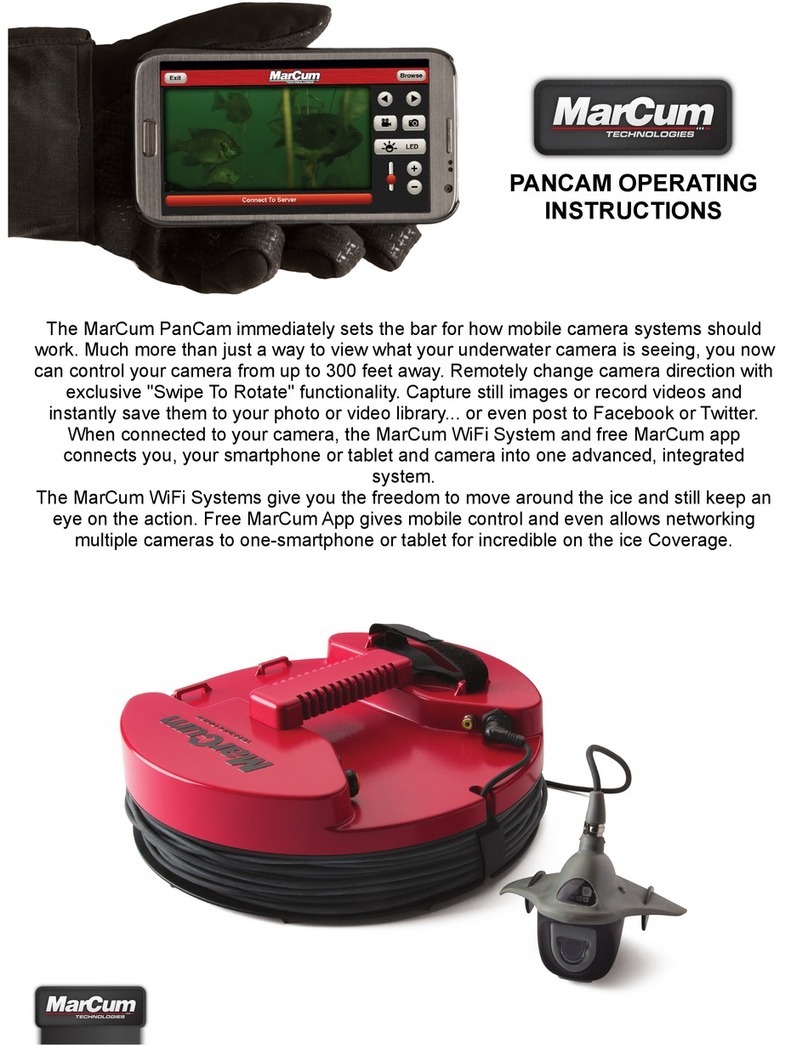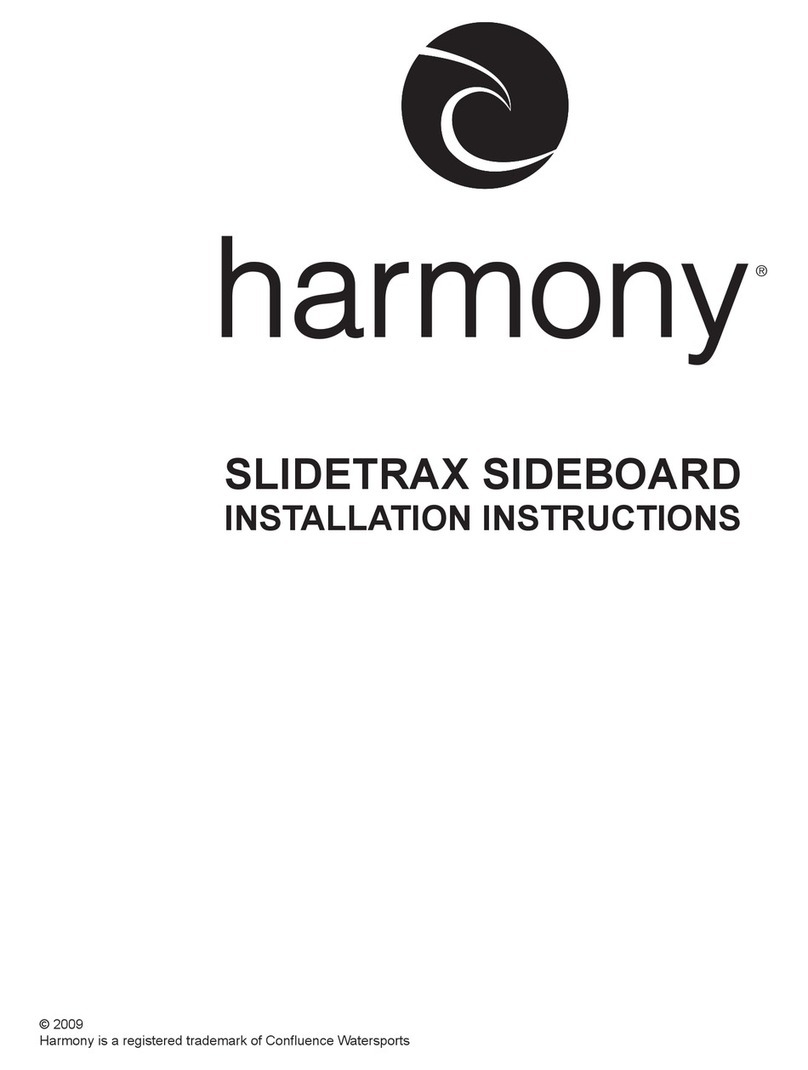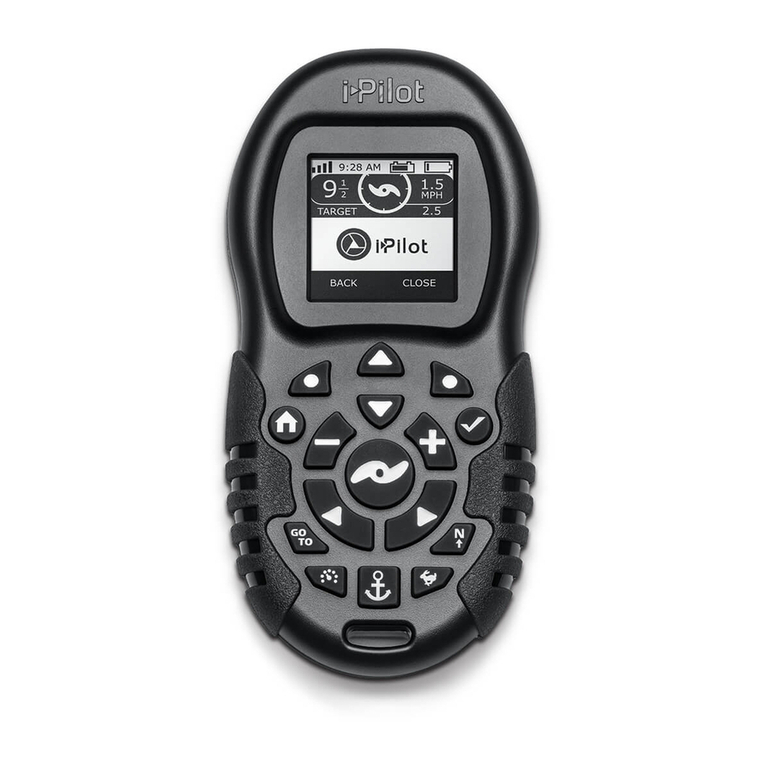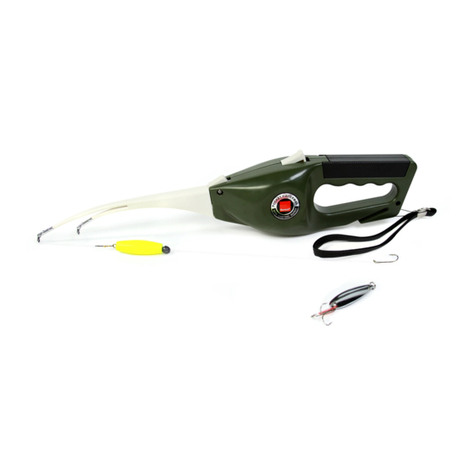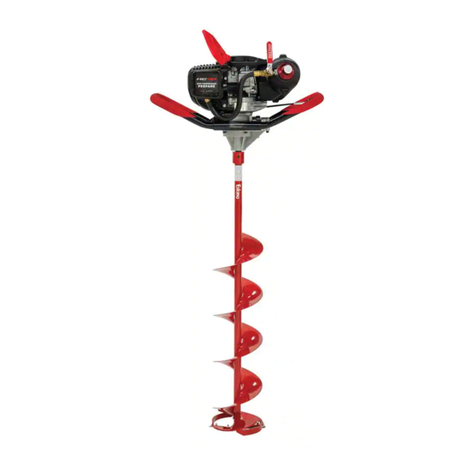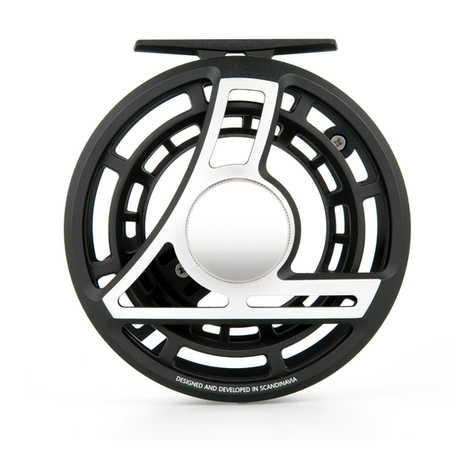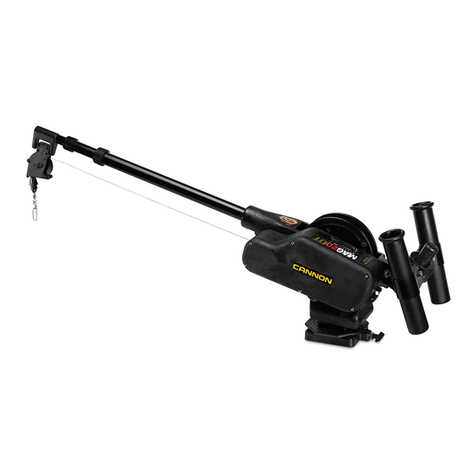
Side 4
4
3.9.1 Protection against falls overboard........................................................................................... 14
3.9.2 Rescue after fall overboard...................................................................................................... 14
3.10 EMERGENCY .......................................................................................................................... 15
3.11 Visibility from driver position.................................................................................................... 15
Visibility from driver position may be affected by :........................................................................ 15
4. USE AND CONTROLS .................................................................... 16
4.1 OPERATION HANDLES / INSTRUMENTS ................................................................................... 16
4.2 START / STOP IN GEAR........................................................................................................... 17
4.3 ENGINE START AND STOP...................................................................................................... 17
4.4 ENGINE, GEARS AND PROPELLER SYSTEM ............................................................................ 17
4.5 FUEL-SYSTEM......................................................................................................................... 17
4.6 COOLING SYSTEM.................................................................................................................. 18
4.7 EXHAUST SYSTEMS ................................................................................................................ 18
4.8 STEERING SYSTEM ................................................................................................................. 18
4.9 ELECTRICAL SYSTEM .............................................................................................................. 19
4.10 WATER AND SANITATION...................................................................................................... 19
4.11 GAS INSTALLATIONS .............................................................................................................. 19
4.12 HEATING AND VENTILATION SYSTEM ................................................................................... 19
5.0 MAINTENANCE AND STORAGE ................................................... 20
5.1LIFTING AND TRANSPORTATION.................................................................................................. 20
5.2HULL ............................................................................................................................................. 20
5.3 ENGINE AND GEARS .................................................................................................................... 21
5.4 PROPELLERS, RUDDERS AND STEERING ................................................................................ 21
5.5 OTHER INSTALLATIONS.......................................................................................................... 22
5.6 STORAGE........................................................................................................................... 22
6. WARRANTY AND SERVICE ......................................................... 22
6.1 DEALER AND WARRANTIES.................................................................................................... 22
6.2 DECLARATION OF CONFORMITY............................................................................... 23
7. Environmental considerations ................................................... 23
8. ANNEX TO USER GUIDE ............................................................. 23
8.1 HEAVY OUTBOARD MOTOR............................................................................................... 23
